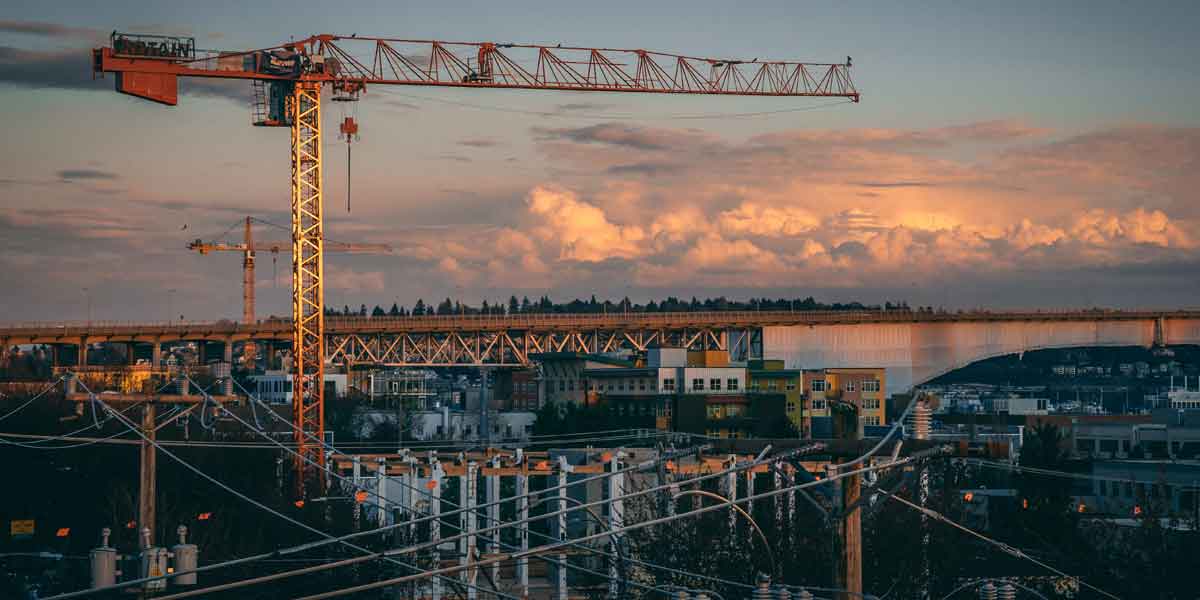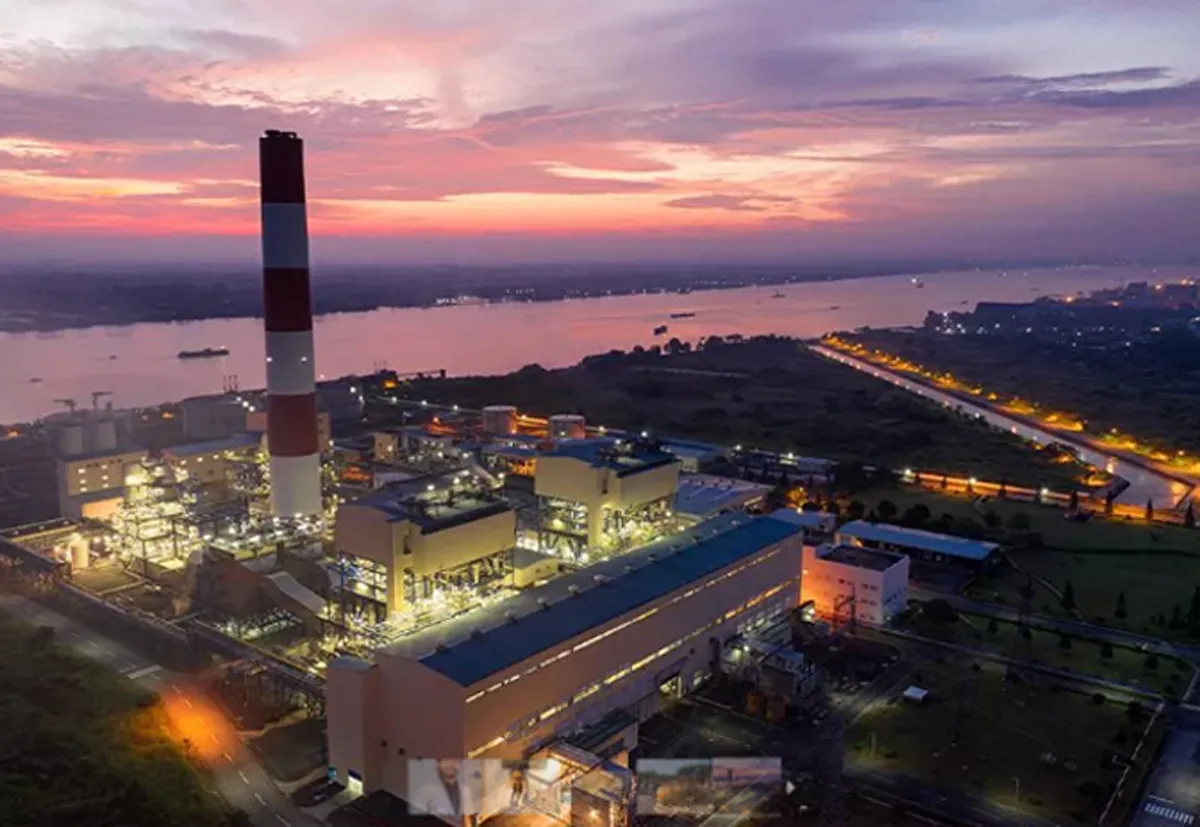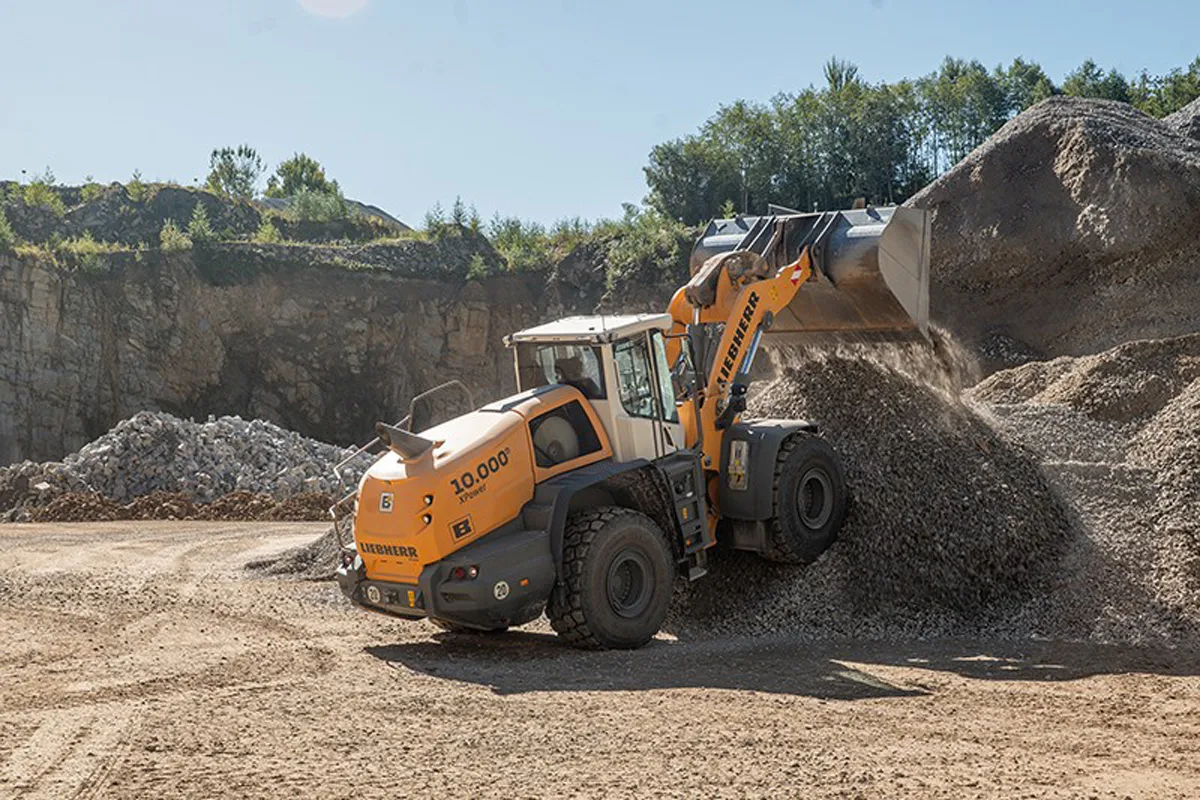NILAVA BANDYOPADHYAY and ADHIP KUMAR RAY write on how the FDI norms and the Government’s various policy regimes will lead to the growth of India’s infrastructure sector.
NILAVA BANDYOPADHYAY and ADHIP KUMAR RAY write on how the FDI norms and the Government’s various policy regimes will lead to the growth of India’s infrastructure sector.
Infrastructure spending is one of the best investments a government can make as it puts money directly into the hands of the people and provides employment in the short term and these projects continue to provide value to the economy in the long term. In the past few years, the development of infrastructure has been a key focus area of the Government for the creation of world-class infrastructure in the country. India is expected to become the third largest construction market by the year 2022. To achieve optimum growth, the sector will require investments of $ 777.73 billion by that year.
After the opening of the economy and liberalisation in the 1990s, there has been tremendous interest from foreign investors and the total FDI inflow has grown a lot since the baseline of less than $1 billion in 1990. In FY2020-2021, the value of equity inflows in FDI in India was $ 59.63 billion and total value of FDI (including equity inflows + reinvested earnings + other capitals) amounted to $ 81.72 billion, which was a new record, despite the economic slowdown caused by COVID-19. From the total share of equity inflows, the categories of ‘Construction Development: Townships, Housing, Built-Up Infrastructure and Construction Development Projects’ and ‘Construction (Infrastructure) Activities’ have raked in $ 422 million and $ 7.2 billion, which amounts to approximately 13 per cent of total equity FDI inflows. For FY 2021-2022, as per data available till September 2021, the total FDI equity inflow amounted to $ 31.15 billion, whereas the FDI in ‘Construction Development: Townships, Housing, Built-Up Infrastructure and Construction Development Projects’ and ‘Construction (Infrastructure) Activities’ have seen investments worth $ 70 million and Rs 1.22 billion.
In India, the Department for Promotion of Industry and Internal Trade (DPIIT), Ministry of Commerce & Industry, has made policy pronouncements on FDI through ‘Consolidated FDI Policy Circular/Press Notes/Press Releases’, which are notified by the Department of Economic Affairs (DEA), Ministry of Finance, as amendments to the Foreign Exchange Management (Non-Debt Instruments) Rules, 2019, under the Foreign Exchange Management Act, 1999 (42 of 1999) (FEMA).
Accordingly, the Government exercises control over FDI policy through the use of three main instruments: restriction on foreign ownership through cap on equity; controlling the entry route by requiring government oversight/approval/screening; and imposing conditions including operational restrictions, licensing conditions, nationality criteria, lock-in period, and minimum capitalisation.
India currently allows an investment with 100 per cent sectoral cap under the automatic entry route in Construction Development: Townships, Housing, Built-Up Infrastructure and Construction Development Projects (which shall include development of townships, construction of residential/commercial premises, roads or bridges, hotels, resorts, hospitals, educational institutions, recreational facilities, city and regional level infrastructure, townships). However, the sector has some barriers to exit as investors are not allowed to exit before the completion of the project or after development of trunk infrastructure, i.e., roads, water supply, street lighting, drainage and sewerage, and the aspect of completion of the project would have to be determined as per the local bylaws/rules and other regulations of state governments. Further, there is a lock-in period of three years, calculated with reference to each tranche of foreign investment that has been completed. However, transfer of stake from a person resident outside India to another person resident outside India, without repatriation of foreign investment, will not be subject to any lock-in period or government approval.
It can be seen from the above that while there are no barriers to entry, the infrastructure sector has barriers to exit, which prevent exit options for investors. Such barriers create a lack of flexibility, which may discourage investors. For instance, the requirement of the lock-in of the investment for a period of three years also provides an unnecessary hurdle to foreign investors. Similarly, while it is reasonable that the project has to conform to the norms, standards and applicable laws pertaining to the state government or municipal/local body, the option to exit only after completion, which is determined as per local bylaws/rules and other regulations of state governments, places additional burden on the investor and may cause some issues, as the issuance of completion certificates is often delayed needlessly by awarding authorities in infrastructure projects. Therefore, a change in norms, which removes such exit barriers, would greatly increase investor confidence and provide much greater flexibility to foreign investors. This will make India a more attractive place for FDI in the infrastructure sector and increase the inflow of foreign investments.
In addition to the above, it is pertinent to note that the Government has been proactively making efforts to increase the ease of doing business. Recently, the PM Gati Shakti National Master Plan has been launched, which is a digital platform to bring 16 ministries, including railways and roadways, together for integrated planning and coordinated implementation of infrastructure connectivity projects. The above have also been supplemented by positive changes to the companies’ law and income-tax regimes.
Thus, it is expected that some further relaxation of FDI norms, along with the various active measures being taken by the Government, will help increase FDI inflows and greatly help the growth of the infrastructure sector.
About the authors:
Nilava Bandyopadhyay, Senior Partner, S&A Law Offices, carries over a decade of proven experience in litigation and ADR Practice (domestic and international). He is well versed with domestic and multijurisdictional intricacies of international arbitration matters (institutional as well as ad-hoc) and has represented high-stake matters. He practises as counsel before various courts and tribunals. He has represented prestigious government agencies and PSUs in arbitration as well as litigation matters involving disputes in infrastructure and construction.
Adhip Kumar Ray, Principal Associate, S&A Law Offices, has expertise in handling litigation and arbitration matters. He appears before various courts and tribunals and is regularly involved in a number of high-stake civil and commercial litigation matters wherein his role comprises strategising, drafting, legal research and assisting senior legal counsel. He assists the firm’s leading counsel in commercial arbitration matters as well.




















